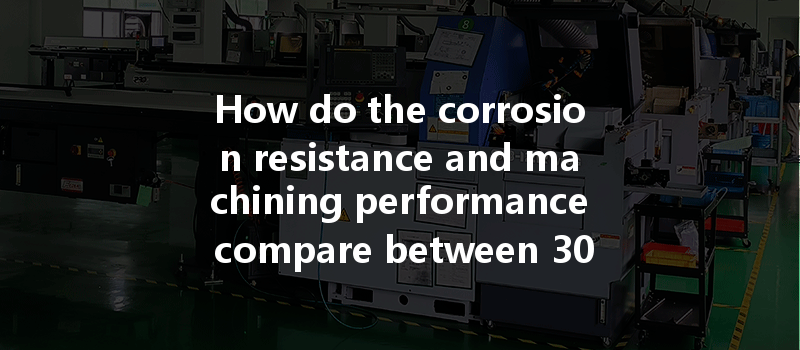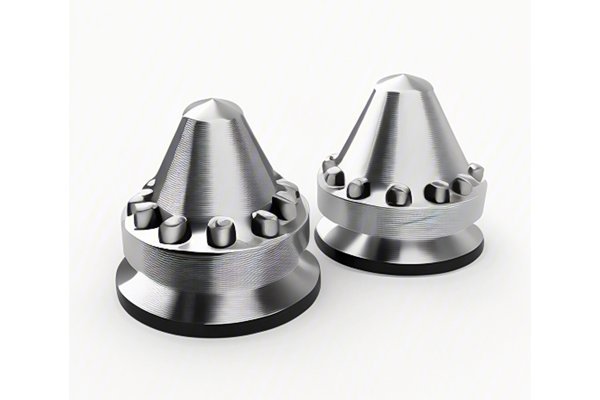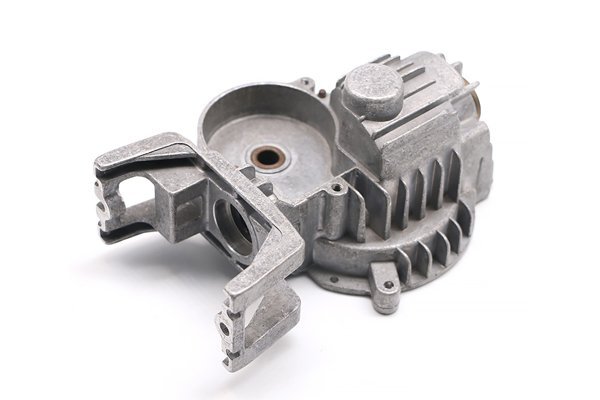: The Significance of Choosing the Right Stainless Steel
Did you know that stainless steel accounts for nearly 70% of all commercial and industrial applications due to its exceptional durability and resistance to corrosion? When it comes to CNC (Computer Numerical Control) machining, selecting the right type of stainless steel is crucial, and two of the most commonly used grades are 304 and
Chapter 1: Understanding Stainless Steel Grades
1.1 What Is Stainless Steel?
Stainless steel is an alloy composed of iron, carbon, and at least 10.5% chromium. The addition of chromium creates a thin, protective layer of oxide on the surface, which helps to prevent rust and corrosion. Common impurities include nickel, molybdenum, and various other elements that enhance specific properties.
1.2 The Composition of 304 and 316 Stainless Steel
304 Stainless Steel:
316 Stainless Steel:
Chapter 2: Corrosion Resistance
2.1 The Importance of Corrosion Resistance
Corrosion can result in substantial cost implications for businesses, both from the repairs required and the potential loss of products or structural integrity. Understanding the corrosion resistance of different stainless steel grades is critical for making informed material selections.
2.2 Corrosion Mechanism in Stainless Steel
Corrosion in stainless steel often manifests as pitting, crevice corrosion, or general corrosion. Factors influencing these forms of corrosion include:
2.3 Corrosion Resistance of 304 and 316 Stainless Steel
Chapter 3: Machining Performance
3.1 The Machinability of Stainless Steel Grades
Machinability refers to how easily a material can be cut into the desired shape and finished with appropriate surface qualities.
3.2 Machining Performance of 304 Stainless Steel
3.3 Machining Performance of 316 Stainless Steel
Chapter 4: Detailed Solutions for Machining 304 and 316 Stainless Steel

4.1 Best Practices for Machining 304 Stainless Steel
4.2 Best Practices for Machining 316 Stainless Steel
Chapter 5: Case Studies on the Application of 304 and 316 Stainless Steel
5.1 Case Study: Chemical Processing Plant
A chemical processing plant required components that were both corrosion-resistant and machined to high tolerances. The decision to use 316 stainless steel was driven by the need for enhanced corrosion resistance in a chlorinated environment, resulting in prolonged equipment life.
5.2 Case Study: Food Processing Industry
An engineering firm in the food industry chose 304 stainless steel for its affordability and good machinability. This resulted in significant cost savings while still meeting safety and hygiene standards.
Chapter 6: and Key Takeaways
Choosing between 304 and 316 stainless steel for CNC machining requires careful consideration of both corrosion resistance and machining performance. Each grade offers unique advantages suited to different environments and applications.
Key Takeaways:
Closing Thoughts: Why This Blog Matters
When it comes to CNC machining, the choice of material can make or break the success of your project. By understanding the working properties and environmental suitability of 304 and 316 stainless steels, you can make informed decisions that impact the longevity, safety, and efficiency of your applications. Remember, investing in the right material today leads to significant cost savings and enhanced performance in the long run.






